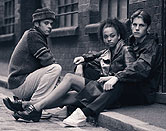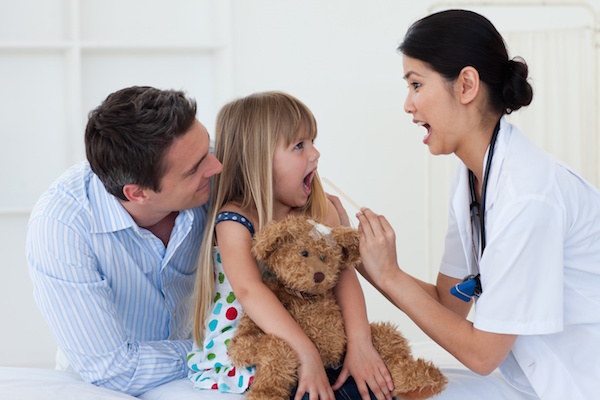
MONDAY, July 25 (HealthDay News) — Gay, lesbian or bisexual teens are more vulnerable to homelessness than their heterosexual peers, new study results show.
Researchers from Children’s Hospital Boston found that one-quarter of gay and lesbian high school students are homeless, and these homeless teens are more likely to be on their own, without the support or supervision of their parents or guardians.
“Prior studies in homeless street youth have found that sexual minorities occur in much higher numbers than we’d expect based on their numbers in the community in general,” the study’s first author, Heather Corliss, of the division of adolescent and young adult medicine at Children’s Hospital Boston, said in a hospital news release.
“The high risk of homelessness among sexual minority teens is a serious problem requiring immediate attention,” she added. “These teens face enormous risks and all types of obstacles to succeeding in school and are in need of a great deal of assistance.”
In conducting the study, published in the July 21 online edition of the American Journal of Public Health, researchers examined two years of survey data to assess the homeless status and sexual orientation of 6,317 public high school students in Massachusetts.
Overall, the study found that less than 5 percent of students said they were gay, lesbian or bisexual. This small percentage of students, however, accounted for 19 percent of those who reported being homeless.
Although only 3.2 percent of strictly heterosexual students were homeless, that percentage jumped for gay, lesbian or bisexual teens. Homelessness was reported by 25 percent of lesbian and gay students, 15 percent of bisexual students and 12.5 percent of heterosexual teens who admitted to having same-sex partners. Additionally, 20 percent of students who said they were unsure of their sexual orientation said they were homeless, the survey found.
Among the homeless teens, those who were not exclusively heterosexual were less likely to be living with their family. Among boys who said they were gay, 15 percent were homeless and without their parents or guardians, and 8 percent were homeless along with their parents. Among lesbian girls, 22.5 percent were homeless and without their parents or guardians, and 3.8 percent were homeless along with their parents. The trend extended to bisexual students, heterosexuals who had same-sex partners, and boys confused about their sexuality.
“Teens with a sexual minority orientation are more likely than heterosexual teens to be unaccompanied and homeless rather than part of a homeless family,” said Corliss. “This suggests that they may be more likely to be mistreated or rejected by their families and more likely to leave home.”
The study authors hope that the findings shed light on the issue of homelessness among gay, lesbian and bisexual teens, and raise awareness among school officials, teachers and high school counselors. They pointed out that the general risks associated with homelessness, such as physical and sexual abuse, mental health problems, substance use problems and sexual risk behaviors, are even greater for vulnerable teenagers who have no support or parental supervision.
In addition, the authors noted that their findings are limited to Massachusetts, which could underestimate the number of homeless gay, lesbian or bisexual teens across the country. The study also could not take into account teens absent from school on the day the survey took place, and teens who did not answer the survey honestly about their sexual orientation.
More information
The American Academy of Child & Adolescent Psychology provides more information on gay, lesbian and bisexual teens.

